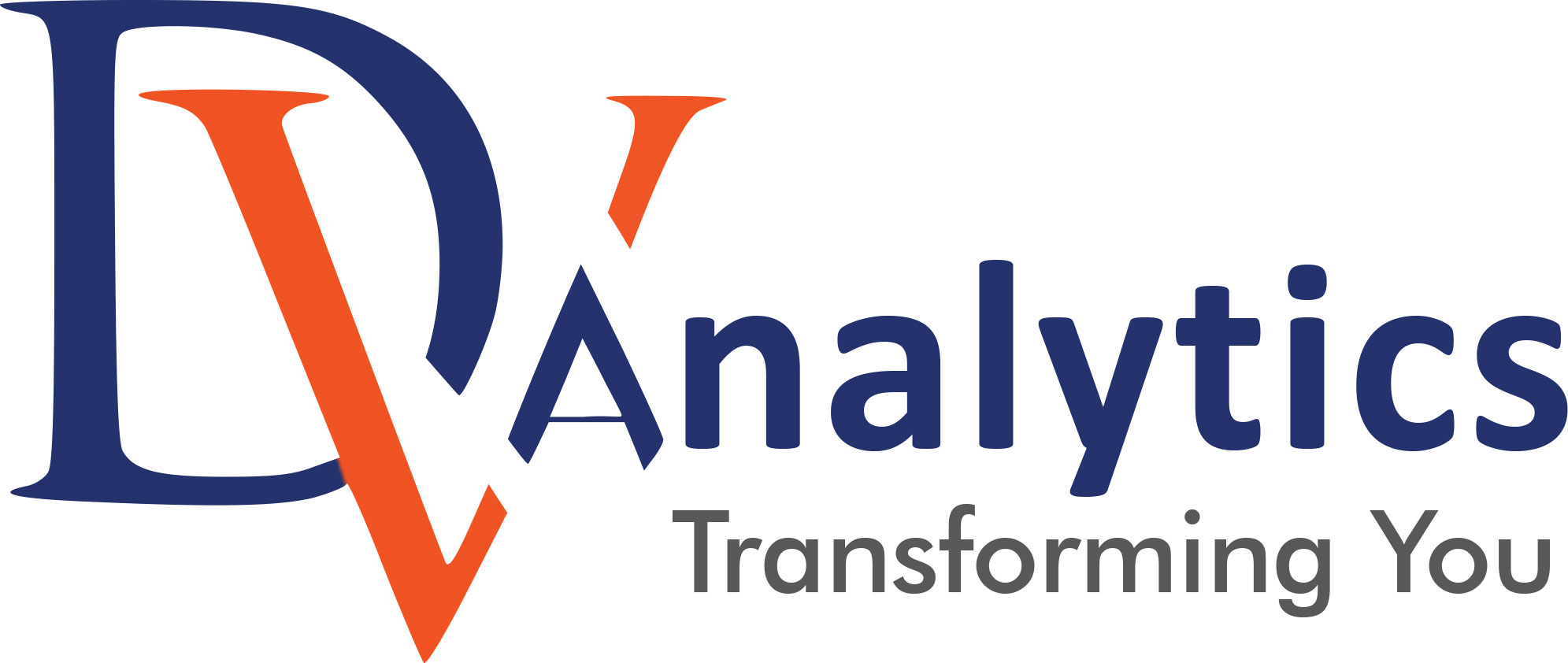Becoming a data analyst involves a combination of education, practical experience, and developing specific skills. Here’s a comprehensive guide on how to become a data analyst:
1. Understand the Role
Before diving in, it’s essential to have a clear understanding of what a data analyst does. Data analysts collect, process, and analyze data to help organizations make data-driven decisions. They work with large datasets to identify trends, patterns, and insights that can drive business strategies.
2. Education
While a specific degree isn’t always required, most data analysts have a background in fields such as mathematics, statistics, computer science, economics, or engineering. Consider pursuing a bachelor’s degree in one of these fields to build a solid foundation in data analysis.
3. Develop Technical Skills
Programming Languages:
- SQL: Learn Structured Query Language (SQL) for data manipulation and extraction from relational databases.
- Python or R: Gain proficiency in programming languages commonly used for data analysis, visualization, and statistical modeling.
Data Visualization:
- Tools like Tableau, Power BI, or Matplotlib: Master data visualization techniques to communicate insights effectively.
Statistical Analysis:
- Statistical Methods: Understand basic statistical concepts like hypothesis testing, regression analysis, and probability theory.
Machine Learning:
- Machine Learning Algorithms: Familiarize yourself with machine learning algorithms for predictive modeling and data classification.
4. Gain Experience
- Internships: Seek internships or entry-level positions to gain hands-on experience working with real-world datasets.
- Freelancing or Side Projects: Take on freelance projects or work on personal data analysis projects to build a portfolio.
5. Continuous Learning
Data analysis is an evolving field, so it’s crucial to stay updated with the latest tools and techniques. Engage in continuous learning through online courses, workshops, webinars, and industry publications.
6. Networking
Build a strong professional network by attending industry events, conferences, and meetups. Networking can help you discover job opportunities, learn from experienced professionals, and stay informed about industry trends.
7. Create a Portfolio
Compile your data analysis projects, including detailed explanations of your methodology, findings, and visualizations, into a portfolio. A well-curated portfolio demonstrates your skills and expertise to potential employers.
8. Job Search and Interview Preparation
- Tailor your resume and cover letter to highlight relevant skills and experiences.
- Prepare for interviews by practicing data analysis case studies, technical questions, and behavioral interviews.
 SINCE 2010
SINCE 2010 